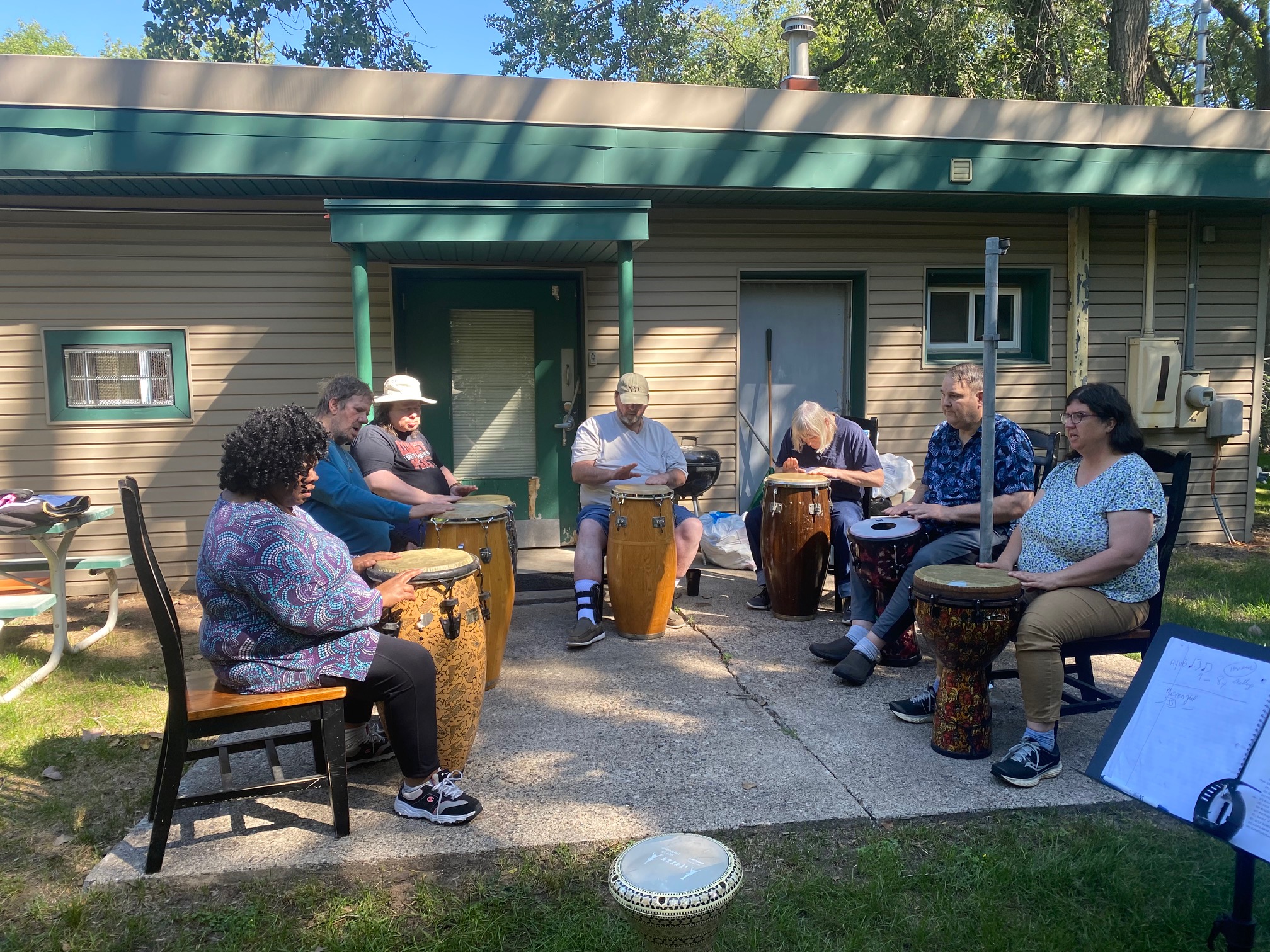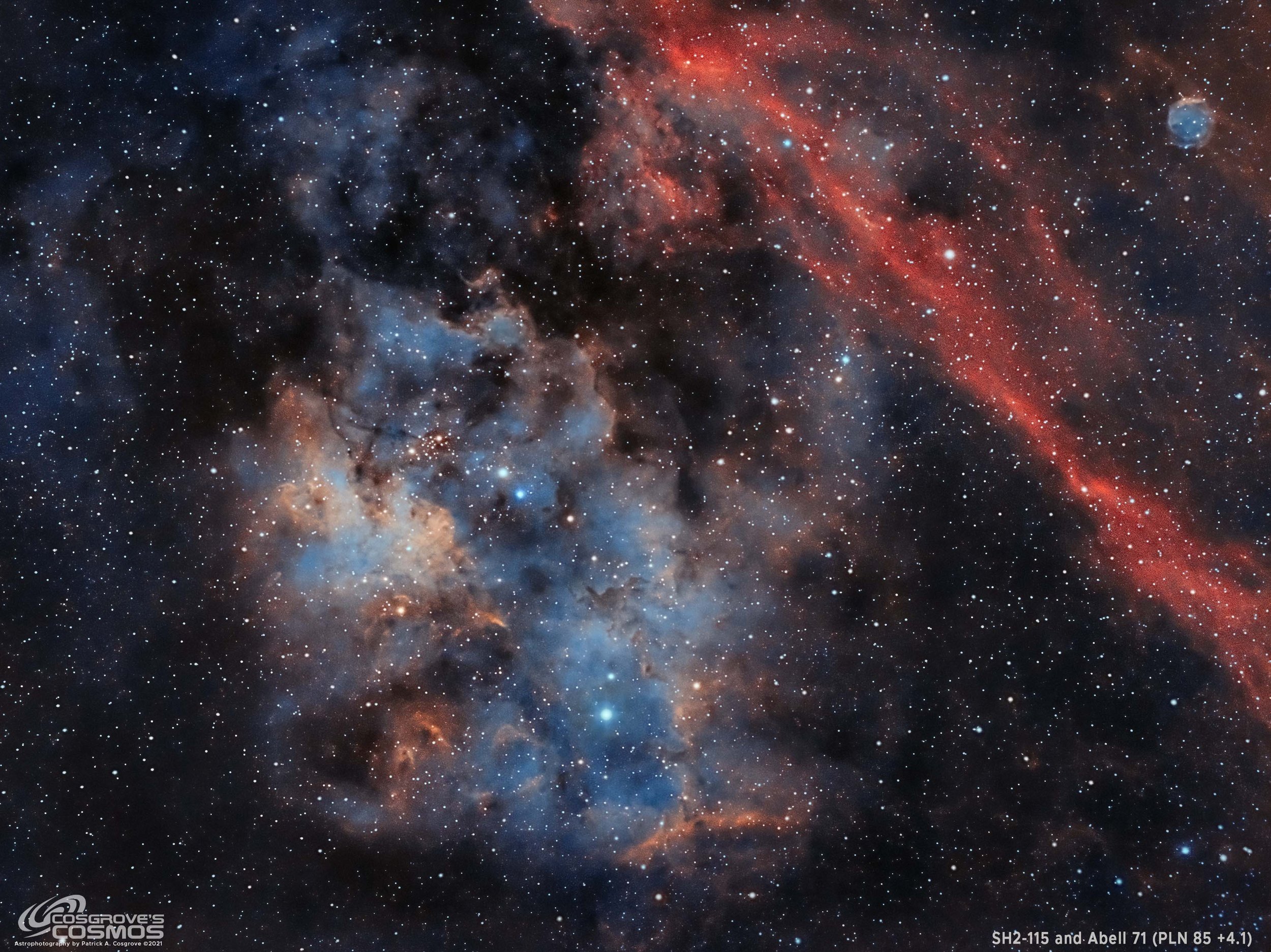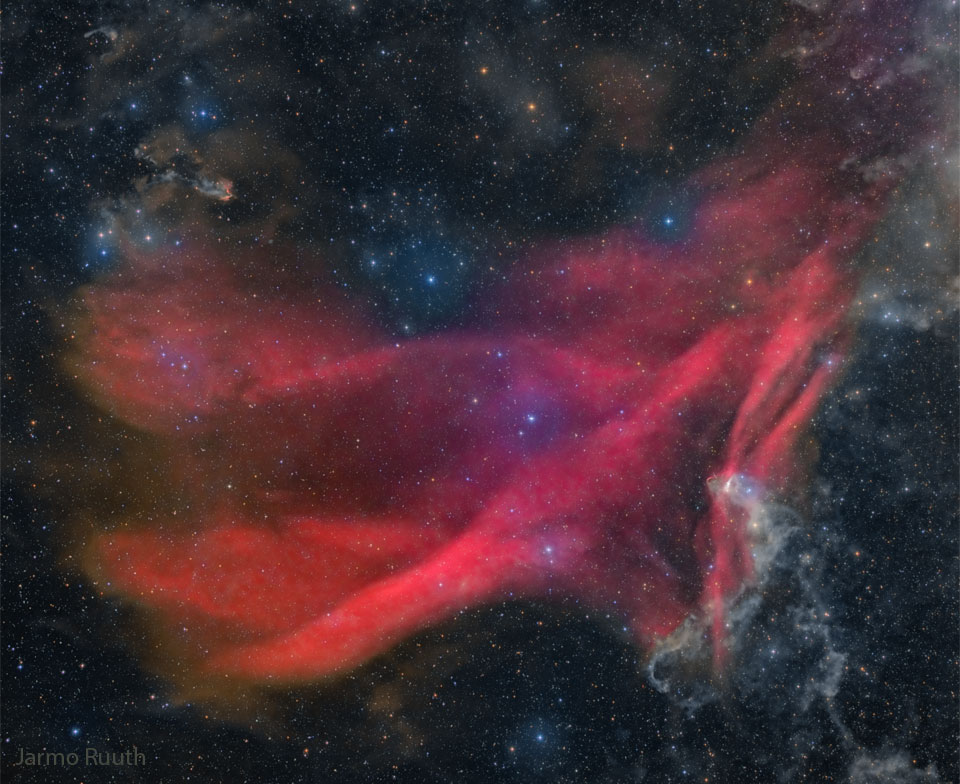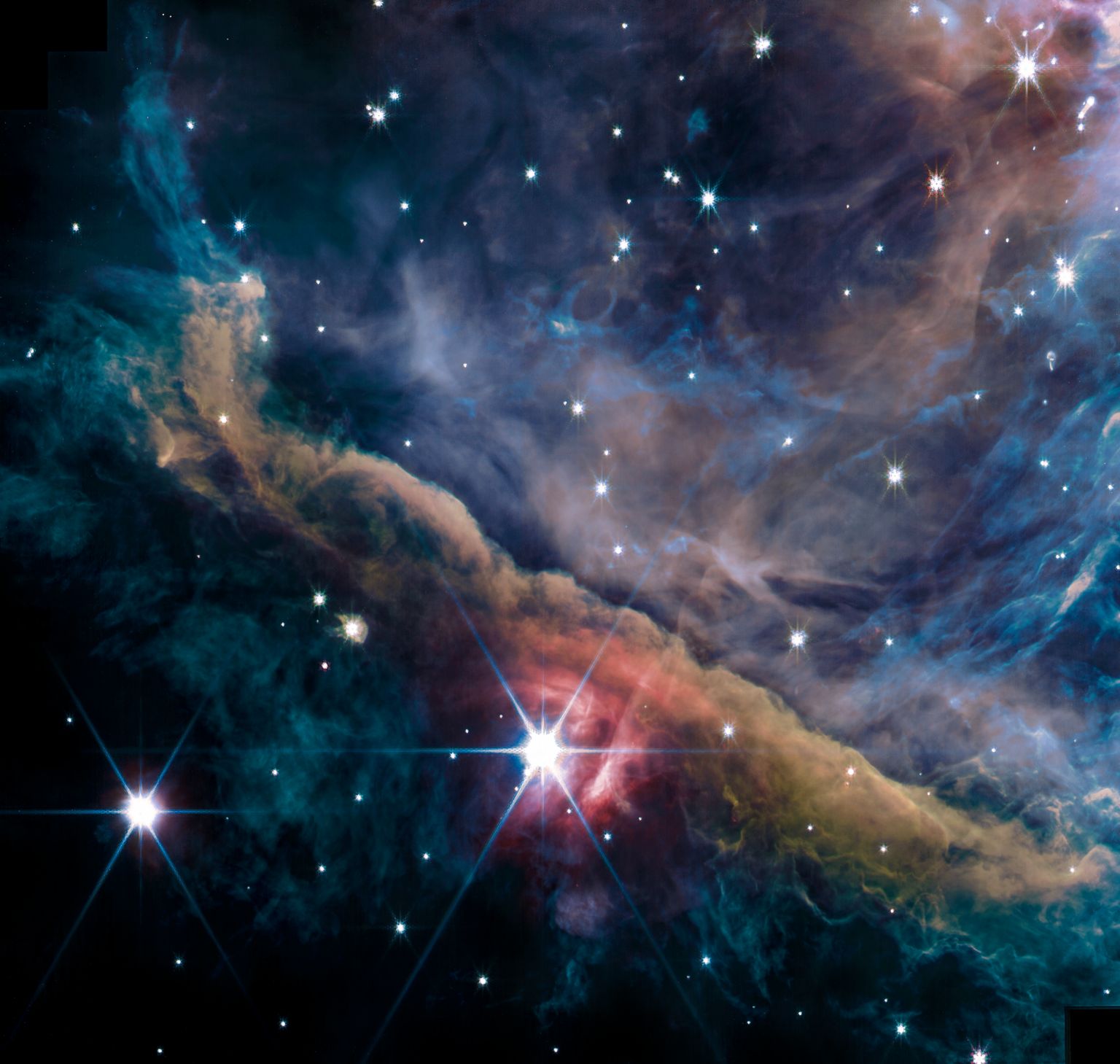Derived from flamenco’s earliest root forms, the tonás, siguiriyas is one of flamenco’s oldest and deepest forms. Its name is a corruption of the term seguidillas, a group of 18th Century songs and dances. Siguiriyas first emerged in the 18th Century in Cádiz, Sevilla and Jerez de la Frontera. Slow, majestic and tragic, Siguiriyas is the most jondo of cante jondo forms. Its lyrics focus on tragedy, inconsolable sorrow, and pain. An important feature of Siguiriyas is its unusual compás which gives the form its unique, uneven pattern and much of its expressive power. Siguiriyas is a highly personal form and most artists associated with the style, such as El Planeta, La Niña de los Peines, Manuel Molina and Antonio Chacón, created their own extraordinary versions.
see full post...Teaching a Rhythm Roots Workshop at Tasks Unlimited (https://tasksunlimited.org) St Louis Park location working with the Mental Health community. Celebrating world drumming and world cultures. Sept 1st thru Oct 13th on Thursdays.

SH2-115 is a large emission nebula found in the northern regions of the constellation Cygnus, about 2° northwest of the bright star Deneb. Located about 7,500 light-years away, this extensive HII region is broken into two basic parts – one being roundish and associated with a bright cluster known as Berkley 90- which is shown in this SHO rendering to be a mix of blue and red colors. The other section is a long linear feature that is shown in red in this rendering.
Also in this view is Abell 71 (Pk 85+04.1). This is recorded as a faint planetary nebula with a magnitude of 18.9 central star. It was counted as one of four planetary nebulas found in Cynus by G. Abell in 1955. However subsequent studies by P.Pismis, I.Hasse & A.Quintero in 1991 are suggesting this is actually just a region of H-alpha gasses. Analysis showed that while there was a significant Ha signal found almost no O-III was seen – and O-III is usually associated with planetary nebulas. It is now thought that this object is an HII cloud associated with SH2-115.

James Edward “Snooky” Pryor (September 15, 1919 or 1921 – October 18, 2006) was an American Chicago blues harmonica player. He claimed to have pioneered the now-common method of playing amplified harmonica by cupping a small microphone in his hands along with the harmonica, although on his earliest records, in the late 1940s, he did not use this method.
Pryor was born in Lambert, Mississippi, United States. He developed a country blues style influenced by Sonny Boy Williamson I (John Lee Williamson) and Sonny Boy Williamson II (Aleckhttps://www.youtube.com/watch?v=vNg4VNqB_24 Ford “Rice” Miller). In the mid-1930s, in and around Vance, Mississippi, Pryor played in impromptu gatherings of three or four harmonica players, including Jimmy Rogers, who then lived nearby and had yet to take up playing the guitar. Pryor moved to Chicago around 1940.
While serving in the U.S. Army he would blow bugle calls through a PA system, which led him to experiment with playing the harmonica that way. However, Most historians credit the idea to Little Walter. Upon discharge from the Army in 1945, he obtained his own amplifier and began playing harmonica at the outdoor Maxwell Street Market, becoming a regular on the Chicago blues scene.
see full post...
Roy Claxton Acuff (September 15, 1903 – November 23, 1992) was an American country music singer, fiddler, and promoter. Known as the “King of Country Music”, Acuff is often credited with moving the genre from its early string band and “hoedown” format to the singer-based format that helped make it internationally successful. In 1952, Hank Williams told Ralph Gleason, “He’s the biggest singer this music ever knew. You booked him and you didn’t worry about crowds. For drawing power in the South, it was Roy Acuff, then God.”
Acuff began his music career in the 1930s and gained regional fame as the singer and fiddler for his group, the Smoky Mountain Boys. He joined the Grand Ole Opryin 1938, and although his popularity as a musician waned in the late 1940s, he remained one of the Opry’s key figures and promoters for nearly four decades. In 1942, Acuff and Fred Rose founded Acuff-Rose Music, the first major Nashville-based country music publishing company, which signed such artists as Hank Williams, Roy Orbison, and the Everly Brothers. In 1962, Acuff became the first living inductee into the Country Music Hall of Fame.
Acuff was born on September 15, 1903 in Maynardville, Tennessee, to Ida Florence (née Carr) and Simon E. Neill Acuff, the third of their five children. Acuff is of Scottish ancestry, and his ancestors came to North America during the colonial era, settling in the mountains of Virginia and the Carolinas. The Acuffs were a fairly prominent family in Union County.
see full post...Julian Edwin “Cannonball” Adderley (September 15, 1928 – August 8, 1975) was an American jazz alto saxophonist of the hard bop era of the 1950s and 1960s.
Adderley is perhaps best remembered for the 1966 soul jazz single “Mercy, Mercy, Mercy“, which was written for him by his keyboardist Joe Zawinul and became a major crossover hit on the pop and R&B charts. A cover version by the Buckinghams, who added lyrics, also reached #5 on the charts. Adderley worked with Miles Davis, first as a member of the Davis sextet, appearing on the seminal records Milestones (1958) and Kind of Blue (1959), and then on his own 1958 album Somethin’ Else. He was the elder brother of jazz trumpeter Nat Adderley, who was a longtime member of his band.
Julian Edwin Adderley was born on September 15, 1928, in Tampa, Florida. Elementary school classmates called him “cannonball” (i.e., “cannibal”) after his voracious appetite.
Cannonball moved to Tallahassee when his parents obtained teaching positions at Florida A&M University. Both Cannonball and brother Nat played with Ray Charles when Charles lived in Tallahassee during the early 1940s. Adderley moved to Broward County, Florida, in 1948 after finishing his music studies at Florida A&M and became the band director at Dillard High School in Fort Lauderdale, a position which he held until 1950.
see full post...Arvell Shaw (September 15, 1923 – December 5, 2002) was an American jazz double-bassist, best known for his work with Louis Armstrong.
He was born on September 15, 1923 in St. Louis, Missouri. Shaw learned to play tuba in high school, but switched to bass soon after. In 1942 he worked with Fate Marable on riverboats traveling on the Mississippi River, then served in the Navy from 1942 to 1945. After his discharge he played with Armstrong in his last big band, from 1945 to 1947. Shaw and Sid Catlett then joined the Louis Armstrong All-Stars until 1950, when Shaw broke off to study music. He returned to play with Armstrong from 1952 to 1956, and performed in the 1956 musical, High Society.
see full post...It is one of the largest nebulas on the sky — why isn’t it better known? Roughly the same angular size as the Andromeda Galaxy, the Great Lacerta Nebula can be found toward the constellation of the Lizard (Lacerta). The emission nebula is difficult to see with wide-field binoculars because it is so faint, but also usually difficult to see with a large telescope because it is so great in angle — spanning about three degrees. The depth, breadth, waves, and beauty of the nebula — cataloged as Sharpless 126 (Sh2-126) — can best be seen and appreciated with a long duration camera exposure. The featured image is one such combined exposure — in this case 10 hours over five different colors and over six nights during this past June and July at the IC Astronomy Observatory in Spain. The hydrogen gas in the Great Lacerta Nebula glows red because it is excited by light from the bright star 10 Lacertae, one of the bright blue stars just above the red-glowing nebula’s center. The stars and nebula are about 1,200 light years distant.

Edward Calhoun King (September 14, 1949 – August 22, 2018) was an American musician. He was a guitarist for the psychedelic rock band Strawberry Alarm Clock and guitarist and bassist for the Southern rock band Lynyrd Skynyrd from 1972 to 1975 and again from 1987 to 1996.
King was born in the Los Angeles suburb of Glendale, California. He was one of the founding members of the LA-based Strawberry Alarm Clock, a mid-1960s pop psychedelic rock band. The band’s largest success was with the 1967 single “Incense and Peppermints“, which reached No. 1 on the Billboard Hot 100. While with the band he played both electric guitar and bass guitar. The band’s popularity waned considerably in the early 1970s. Faced with the loss of their recording contract with Uni Records and with internal conflicts over musical direction, Strawberry Alarm Clock disbanded in early 1972. King opted to remain in the South, inspired by an up-and-coming band called Lynyrd Skynyrd.
see full post...
Joseph Jarman (September 14, 1937 – January 9, 2019) was an American jazz musician, composer, poet, and Shinshu Buddhist priest. He was one of the first members of the Association for the Advancement of Creative Musicians and a member of the Art Ensemble of Chicago.
He was born in Pine Bluff, Arkansas, United States. Jarman grew up in Chicago, Illinois. At DuSable High School, he studied drums with Walter Dyett, switching to saxophone and clarinet when he joined the United States Army after graduation. During his time there, he was part of the 11th Airborne Division Band for a year.
see full post...Israel López Valdés (September 14, 1918 – March 22, 2008), better known as Cachao (/kəˈtʃaʊ/ kə-CHOW), was a Cuban double bassist and composer. Cachao is widely known as the co-creator of the mambo and a master of the descarga (improvised jam sessions). Throughout his career he also performed and recorded in a variety of music styles ranging from classical music to salsa. An exile in the United States since the 1960s, he only achieved international fame following a career revival in the 1990s.
Born into a family of musicians in Havana, Cachao and his older brother Orestes were the driving force behind one of Cuba’s most prolific charangas, Arcaño y sus Maravillas. As members of the Maravillas, Cachao and Orestes pioneered a new form of ballroom music derived from the danzón, the danzón-mambo, which subsequently developed into an international genre, mambo. In the 1950s, Cachao became famous for popularizing improvised jam sessions known as descargas. He emigrated to Spain in 1962, and moved to the United States in 1963, starting a career as a session and live musician for a variety of bands in New York during the rise of boogaloo, and later, salsa.
In the 1970s, Cachao fell into obscurity after moving to Las Vegas and later Miami, releasing albums sporadically as a leader. In the 1990s, he was re-discovered by actor Andy García, who brought him back to the forefront of the Latin music scene with the release of a documentary and several albums. Before his death in 2008, Cachao had earned a star on the Hollywood Walk of Fame and several Grammy Awards. He is ranked number 24 on Bass Player magazine’s list of “The 100 Greatest Bass Players of All Time”.
see full post...JWST views the Universe, are able to penetrate dust, which gives us a view into regions impossible to see in shorter wavelengths, such as the visible spectrum.
Scientists have, therefore, been very excited to use the telescope to study star formation and learn new details about the process that have heretofore been difficult to see. The new image focuses on a structure called the Orion Bar, running diagonally from the top left to the bottom right. Light from a cluster of young, hot stars called the Trapezium cluster illuminates the scene from the top right corner; this harsh, ionizing ultraviolet light is slowly eroding the bar away.
This is one of the processes involved in what astronomers call feedback – when wind or radiation from a stellar object pushes material away, reducing or quenching star formation. They also produce complex shapes and structures in a molecular cloud, including filaments and cavities, both of which have been captured in the new image.
Other objects in the image include globules (dense clumps of material with baby stars inside) and a young growing star with a disk of material around it. That disk is being evaporated from the outside by the radiation from the Trapezium stars. Nearly 180 of these objects, called proplyds, have been found in the Orion nebula.
The brightest star you see in the image is called θ2 Orionis A, and it’s one member of a multiple-star system next to the Trapezium Cluster, which is also known as θ1 Orionis. Interestingly, θ2 Orionis A is also, in itself, a triple-star system.
Although it appears very bright in the JWST image, θ2 Orionis A can only be seen by the naked eye from Earth in regions not significantly affected by light pollution. Nevertheless, it’s very hot, over 100,000 times more intrinsically bright than the Sun.

Douglas R. Ewart (born 13 September 1946 in Kingston, Jamaica) is a Jamaican multi-instrumentalist and instrument builder. He plays sopraninoand alto saxophones, clarinets, bassoon, flute, bamboo flutes (shakuhachi, ney, and panpipes), and didgeridoo; as well as Rastafarian hand drums(nyabingi, repeater, and bass).
Ewart emigrated to the United States in June 1963 (coming to Chicago) and became associated with the Association for the Advancement of Creative Musicians (AACM) in 1967, studying with Joseph Jarman and Roscoe Mitchell. He served as that organization’s president from 1979 to 1986.
He has performed or recorded with J. D. Parran, Muhal Richard Abrams, Art Ensemble of Chicago, Anthony Braxton, Alvin Curran, Anthony Davis, Robert Dick, Von Freeman, Joseph Jarman, Amina Claudine Myers, Roscoe Mitchell, James Newton, Rufus Reid, Wadada Leo Smith, Cecil Taylor, Richard Teitelbaum, Henry Threadgill, Hamid Drake, Don Byron, Malachi Favors Maghostut, and George Lewis.
In 1992, Ewart collaborated with Canadian artist Stan Douglas on the video installation Hors-champs which was featured at documenta 9 in Kassel, Germany. The installation features Ewart in an improvisation of Albert Ayler’s “Spirits Rejoice” with musicians George Lewis, Kent Carter and Oliver Johnson.
He has lived in Minneapolis, Minnesota since 1990. His father, Tom, was a cricket umpire.
see full post...William Smith “Bill” Monroe (/mənˈroʊ/; September 13, 1911 – September 9, 1996) was an American mandolinist, singer, and songwriter, who created the bluegrass music genre. Because of this, he is often called the “Father of Bluegrass“.
The genre takes its name from his band, the Blue Grass Boys, who named their group for the bluegrass of Monroe’s home state of Kentucky.
Bill was of Scottish and English heritage. Because his older brothers Birch and Charlie already played the fiddle and guitar, Bill was resigned to playing the less desirable mandolin. He recalled that his brothers insisted that he remove four of the mandolin’s eight strings so he would not play too loudly.
see full post...Tony Russell “Charles” Brown (September 13, 1922 – January 21, 1999) was an American singer and pianist whose soft-toned, slow-paced nightclub style influenced West Coast blues in the 1940s and 1950s. Between 1949 and 1952, Brown had seven Top 10 hits in the U.S. Billboard R&Bchart. His best-selling recordings included “Driftin’ Blues” and “Merry Christmas Baby“.
Brown was born in Texas City, Texas. As a child he loved music and received classical music training on the piano. He graduated from Central High School in Galveston, Texas, in 1939 and Prairie View A&M College in 1942 with a degree in chemistry. He then became a chemistry teacher at George Washington Carver High School in Baytown, Texas, a mustard gas worker at the Pine Bluff Arsenal at Pine Bluff, Arkansas, and an apprentice electrician at a shipyard in Richmond, California, before settling in Los Angeles in 1943.
see full post...